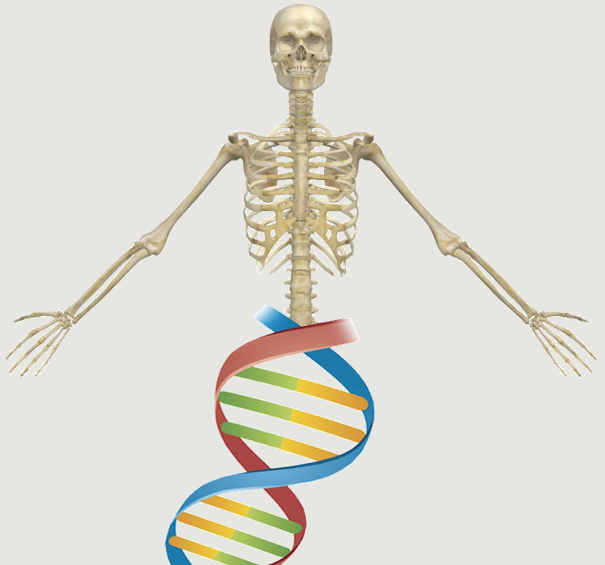Abstract:
Real-time bioluminescence functional imaging holds great promise for regenerative medicine because it improves the researcher's ability to analyze and understand the healing process. Using transgenic mice coupled with gene-modified cells, one can employ this method to monitor host and graft activity in various models of tissue regeneration. We implemented real-time bioluminescence functional imaging to analyze bone formation by following a unique protocol in which the luciferase reporter gene, driven by an osteocalcin promoter, is used to visualize host and graft activity during bone formation. Real-time bioluminescence functional imaging can be used to assess the "host reaction" in transgenic mice models; it can also be used to assess "graft activity" in other animals in which genetically labeled stem cells have been implanted or direct gene delivery has been applied. The suggested imaging protocol requires 25 min per sample. However, special attention must be given to the layout of the experimental design, which determines the specific activity that will be analyzed.
Notes:
Kimelman, Nadav Bleich Kallai, Ilan Sheyn, Dmitriy Tawackoli, Wafa Gazit, Zulma Pelled, Gadi Gazit, Dan eng R01AR056694/AR/NIAMS NIH HHS/ Research Support, N.I.H., Extramural Research Support, Non-U.S. Gov't Research Support, U.S. Gov't, Non-P.H.S. 2013/08/10 06:00 Methods Mol Biol. 2013;1048:181-93. doi: 10.1007/978-1-62703-556-9_14.
Website

